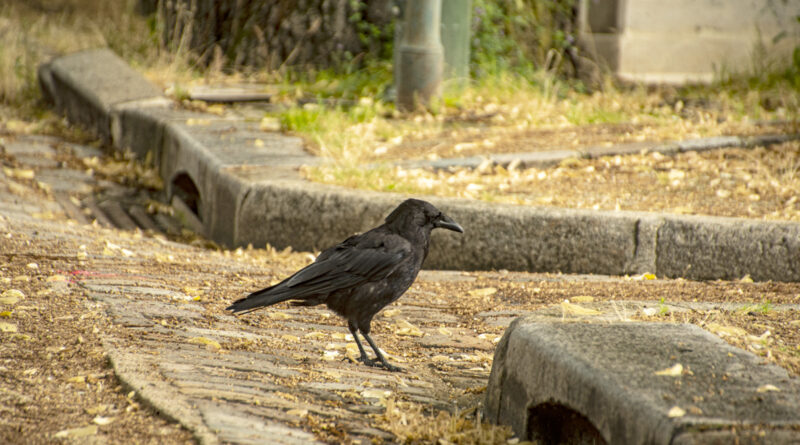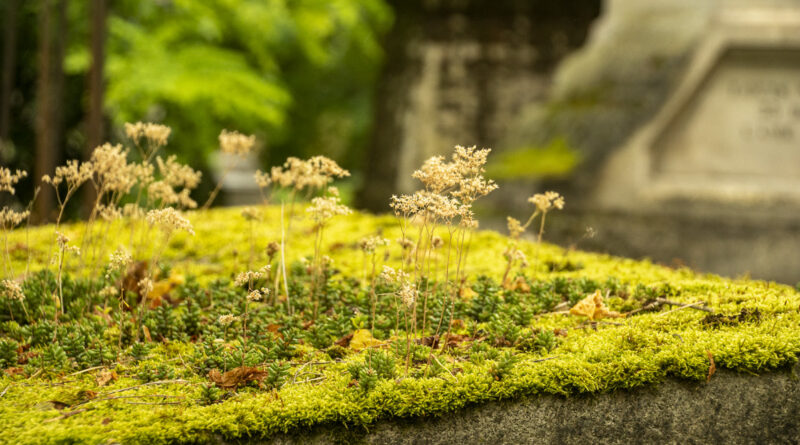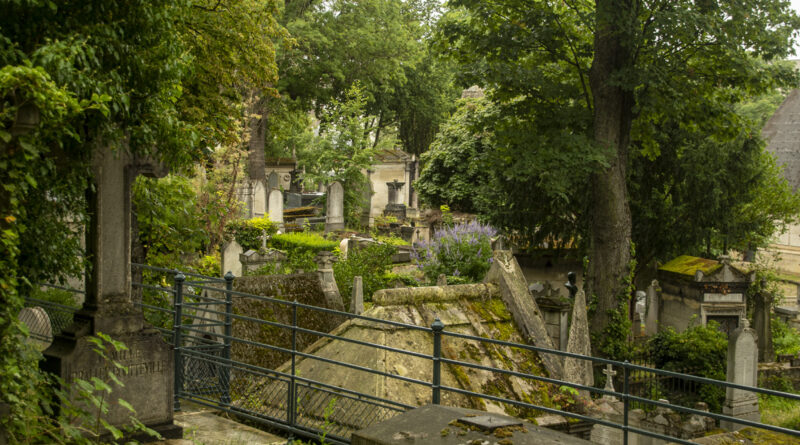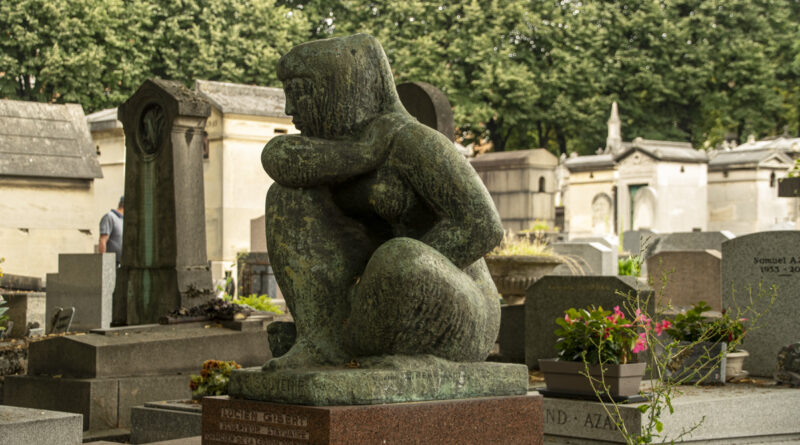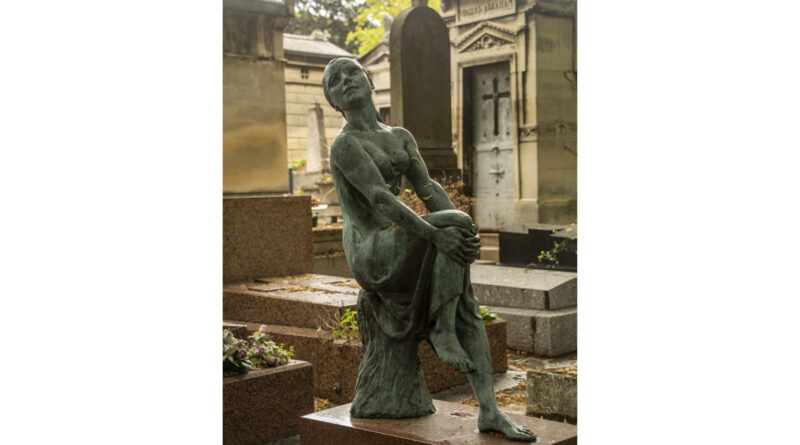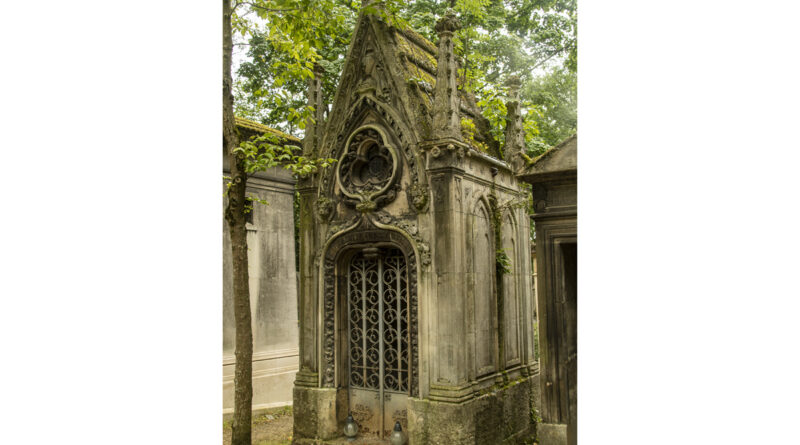No 35. Père-Lachaise Cemetery
Père Lachaise Cemetery is the largest cemetery in Paris, France. With more than 3.5 million visitors annually, it is the most visited necropolis in the world.
Friends recommended we visit suggesting, in particular, a visit to the grave of Jim Morrison. They failed to mention several important highlights which we wished we’d known about at the time, especially the Communards Wall and Oscar Wilde.
Opened in 1804 the cemetery is located on the hillside from which the king once watched skirmishing armies. Established as a cemetery by Napoleon, who had declared that “Every citizen has the right to be buried regardless of race or religion”.
At the time of its opening, the cemetery was considered to be situated too far from the city and attracted few funerals. Many Roman Catholics refused to have their graves in a place that had not been blessed by the Church. In 1804, the cemetery contained only 13 graves. Administrators implemented a marketing strategy to improve its image: with great fanfare, they organized to transfer the remains of Jean de La Fontaine and Molière to the new resting place.
Presently there are more than 1 million bodies buried there, and many more in the columbarium, which holds the remains of those who had requested cremation.[5]
The Communards’ Wall (Mur des Fédérés), located within the cemetery, was the site where 147 Communards, the last defenders of the workers’ district of Belleville, were shot on 28 May 1871 when Paris refused to capitulate to the Prussians in the brief Franco-Prussian War.[6] That day was the last of the Semaine Sanglante (“Bloody Week”), during which the Paris Commune was crushed. Today, the site is a traditional rallying point for members of the French political Left. Ironically, Adolphe Thiers, the French president who directed “Bloody Week”, is also interred in the cemetery, where his tomb has occasionally been subject to vandalism.

